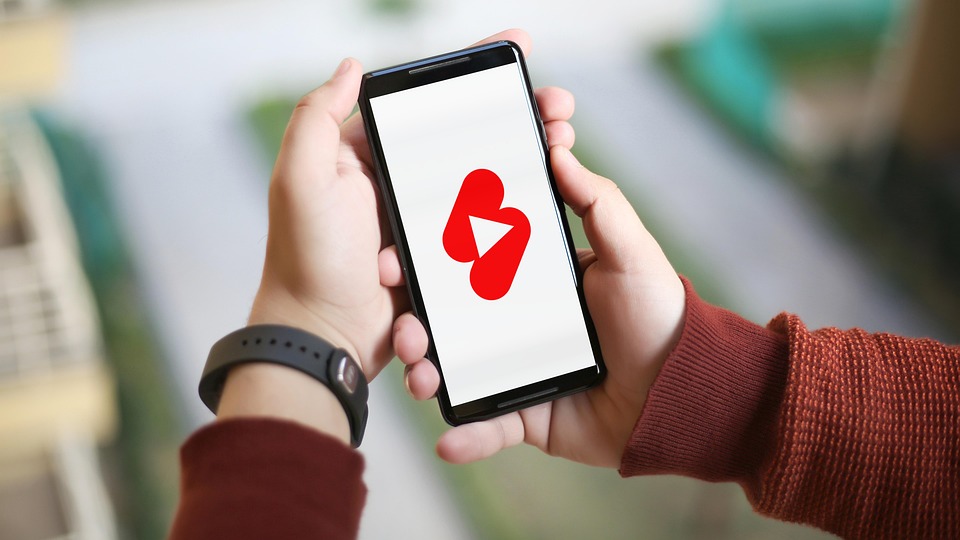In today’s digital landscape, social media platforms like Facebook, Instagram, Twitter, and TikTok have become powerful tools for communication, marketing, and brand building. At the heart of how these platforms operate are complex algorithms that determine what content users see. These algorithms have a profound impact on content creation, influencing not just what gets viewed, but also how creators develop and promote their work.
Understanding Social Media Algorithms
Social media algorithms are designed to curate user experiences by prioritizing content that aligns with individual preferences and behaviors. They analyze user interactions, such as likes, shares, comments, and time spent on posts, to create a personalized feed. While this can enhance user engagement and satisfaction, it places significant pressure on content creators to adapt their strategies.
The Shift in Content Strategy
1. Quality Over Quantity
With algorithms increasingly favoring high-engagement content, creators have pivoted from posting frequently to focusing on producing high-quality content. This shift requires a deep understanding of audience preferences, leading creators to invest more time and resources into research, production, and editing. As a result, the overall quality of content across platforms has improved, enriching the user experience.
2. Niche Targeting
Algorithms tend to penalize generic content, as it is less likely to engage users. Consequently, creators are encouraged to carve out niche markets, tailoring their content to specific interests and communities. This specialization fosters a closer connection with audiences and enhances the potential for organic engagement, although it also requires a more strategic approach to reach new viewers.
3. Adaptation to Trends
Algorithms often favor timely and trendy content. As a consequence, creators need to remain agile and responsive to the ever-changing landscape of social media. Whether it’s participating in viral challenges or jumping on current events, being relevant is key. This can lead to a more formulaic approach to content creation, where trends dictate output rather than individual creativity.
Psychological Effects on Creators
1. Pressure to Perform
The focus on engagement metrics can create immense pressure on content creators. The quest for likes, shares, and comments often leads to anxiety, as creators feel compelled to continuously produce content that hits the algorithm’s sweet spot. This pressure can stifle innovation, pushing creators towards safer, more predictable formats.
2. Comparison Culture
Algorithms promote content they deem engaging, inevitably creating a cycle of comparison among creators. Users may find themselves constantly measuring their success against that of others, leading to feelings of inadequacy or burnout. This can diminish creativity, as the emphasis shifts from authentic expression to mimicking successful creators.
The Role of Authenticity
Despite the pressures imposed by algorithms, authenticity remains a critical component of successful content creation. Audiences are increasingly drawn to genuine interactions and relatable content. Therefore, many creators are choosing to prioritize authenticity over algorithmic favor, developing loyal followings by showcasing their true selves.
The Future of Content Creation
As algorithms continue to evolve, the landscape of content creation will undoubtedly change. Emerging technologies, such as artificial intelligence and machine learning, are likely to play an even more significant role in shaping user preferences and experiences. Creators who can harness these advances while maintaining authenticity will lead the next wave of content innovation.
Conclusion
The impact of social media algorithms on content creation is multifaceted, presenting both challenges and opportunities for creators. By understanding the intricate dance between user engagement and authentic expression, content creators can navigate this complex landscape more effectively. As we move forward, the challenge will lie in balancing algorithmic demands with the creative impulses that initially inspired the social media revolution.



